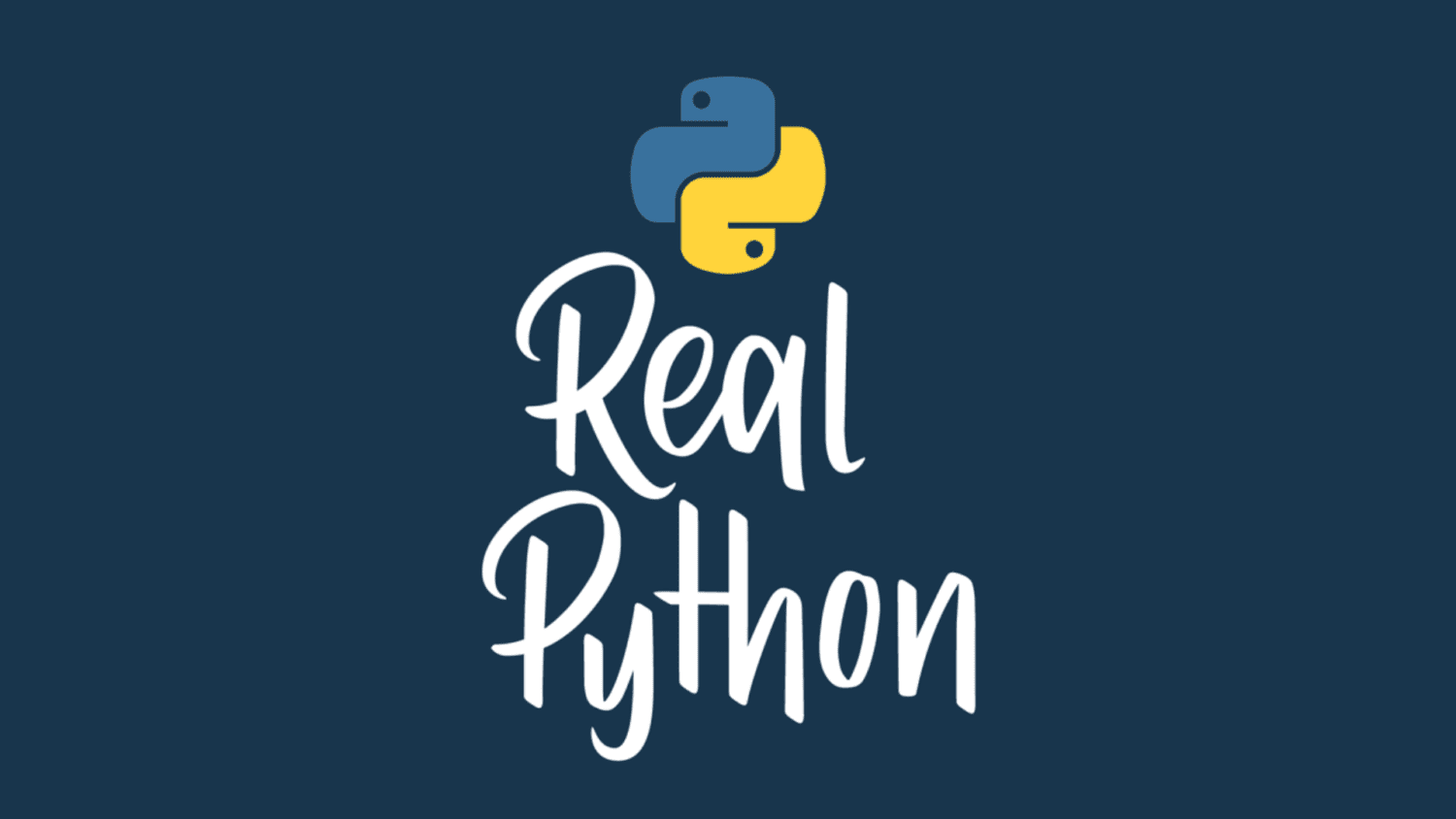
Python Basics: Reading and Writing Files
Files are everywhere in the modern world. They’re the medium in which data is digitally stored and transferred. Chances are, you’ve opened dozens, if not hundreds, of files just today! Now it’s time to read and write files with Python.
In this video course, you’ll learn how to:
- Understand the difference between text and binary files
- Learn about character encodings and line endings
- Work with file objects in Python
- Read and write character data in various file modes
- Use
open(),Path.open(), and thewithstatement - Take advantage of the
csvmodule to manipulate CSV data
This video course is part of the Python Basics series, which accompanies Python Basics: A Practical Introduction to Python 3. You can also check out the other Python Basics courses.
Note that you’ll be using IDLE to interact with Python throughout this course. If you’re just getting started, then you might want to check out Python Basics: Setting Up Python before diving into this course.
[ Improve Your Python With 🐍 Python Tricks 💌 – Get a short & sweet Python Trick delivered to your inbox every couple of days. >> Click here to learn more and see examples ]




